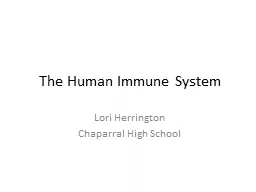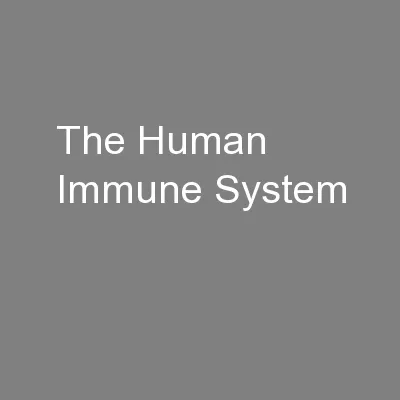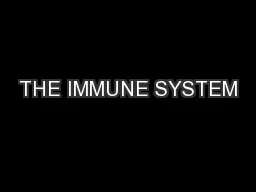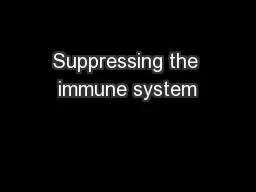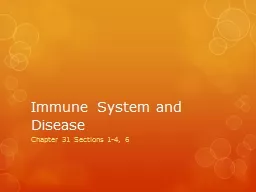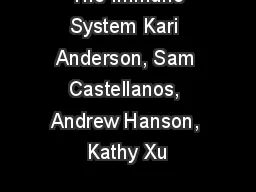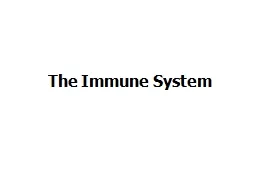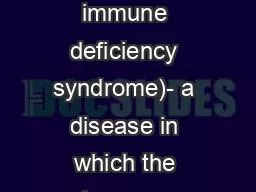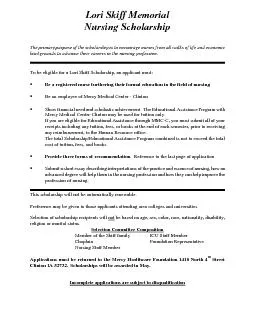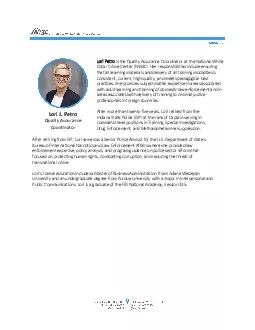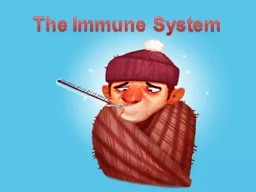PPT-The Human Immune System Lori Herrington
Author : cheryl-pisano | Published Date : 2018-02-11
Chaparral High School What is immunology Very simply it is the study of our bodys defense against infection and disease Even though we are constantly bombarded by
Presentation Embed Code
Download Presentation
Download Presentation The PPT/PDF document "The Human Immune System Lori Herrington" is the property of its rightful owner. Permission is granted to download and print the materials on this website for personal, non-commercial use only, and to display it on your personal computer provided you do not modify the materials and that you retain all copyright notices contained in the materials. By downloading content from our website, you accept the terms of this agreement.
The Human Immune System Lori Herrington: Transcript
Download Rules Of Document
"The Human Immune System Lori Herrington"The content belongs to its owner. You may download and print it for personal use, without modification, and keep all copyright notices. By downloading, you agree to these terms.
Related Documents

